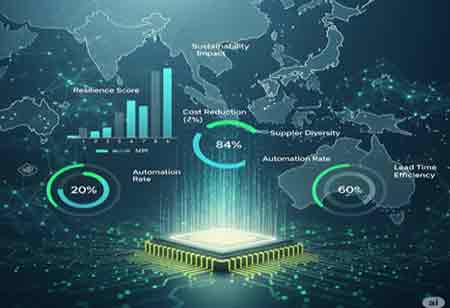THANK YOU FOR SUBSCRIBING
Key Elements of a Cyber Attack Response Plan
Many cyberattack campaigns are intended to target different people and systems within an organization at the same time. It is critical to quickly identify affected systems in order to respond to incidents and remediate them.

By
Apac CIOOutlook | Friday, March 26, 2021
Stay ahead of the industry with exclusive feature stories on the top companies, expert insights and the latest news delivered straight to your inbox. Subscribe today.
Many cyberattack campaigns are intended to target different people and systems within an organization at the same time. It is critical to quickly identify affected systems in order to respond to incidents and remediate them.
Fremont, CA: Every organization and department should take responsibility for its own security needs, including cyber incident response and recovery planning. Outlining key considerations for responding to cyberattacks – and doing so with speed and finesse – will better position finance teams to reduce risks more quickly should an incident occur.
Creating a cyber incident response plan is just as important as trying to minimize cyberattacks. It can take months to repair the damage caused by a cyberattack. Recovering data, managing customer relations, addressing legal procedures, restoring reputation, repairing equipment, and reinforcing cybersecurity programs are just a few of the many tasks that must be completed immediately following an attack.
Because the risk of a cyberattack happening to any individual or company is extremely high, the following key elements of a response plan should be considered and implemented:
Determining incident scope: Many cyberattack campaigns are intended to target different people and systems within an organization at the same time. It is critical to quickly identify affected systems in order to respond to incidents and remediate them.
Isolating infected computers: The intruder rarely gains immediate access to their intended target during a cyberattack. Often, attackers compromise one system and must move laterally through the network to complete their mission. Infected systems are quarantined to limit lateral movement, making it more difficult for an attacker to achieve their ultimate goals.
Gathering relevant evidence: Computers have mutable storage, and many malware variants try to hide their tracks after an attack. Making a copy of the current state of infected devices as soon as possible is critical to ensuring that vital evidence is not deleted or overwritten.
See Also :- Top CyberSecurity Companies





